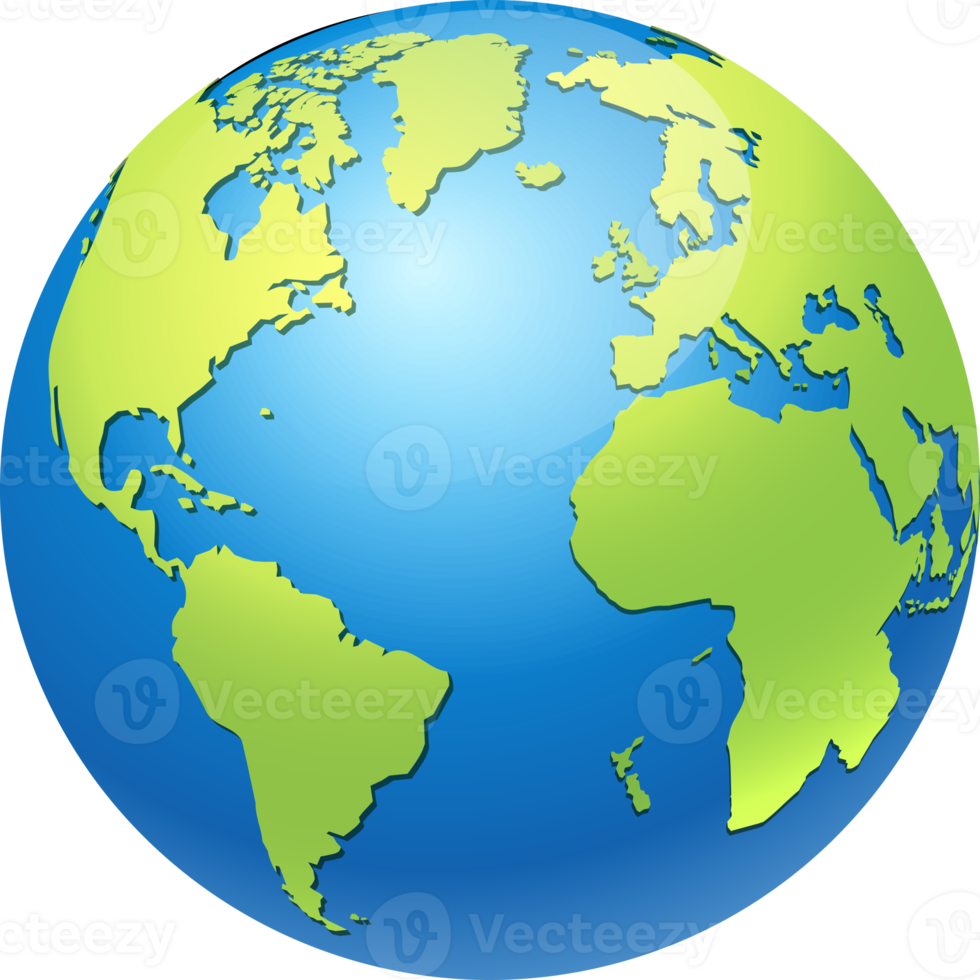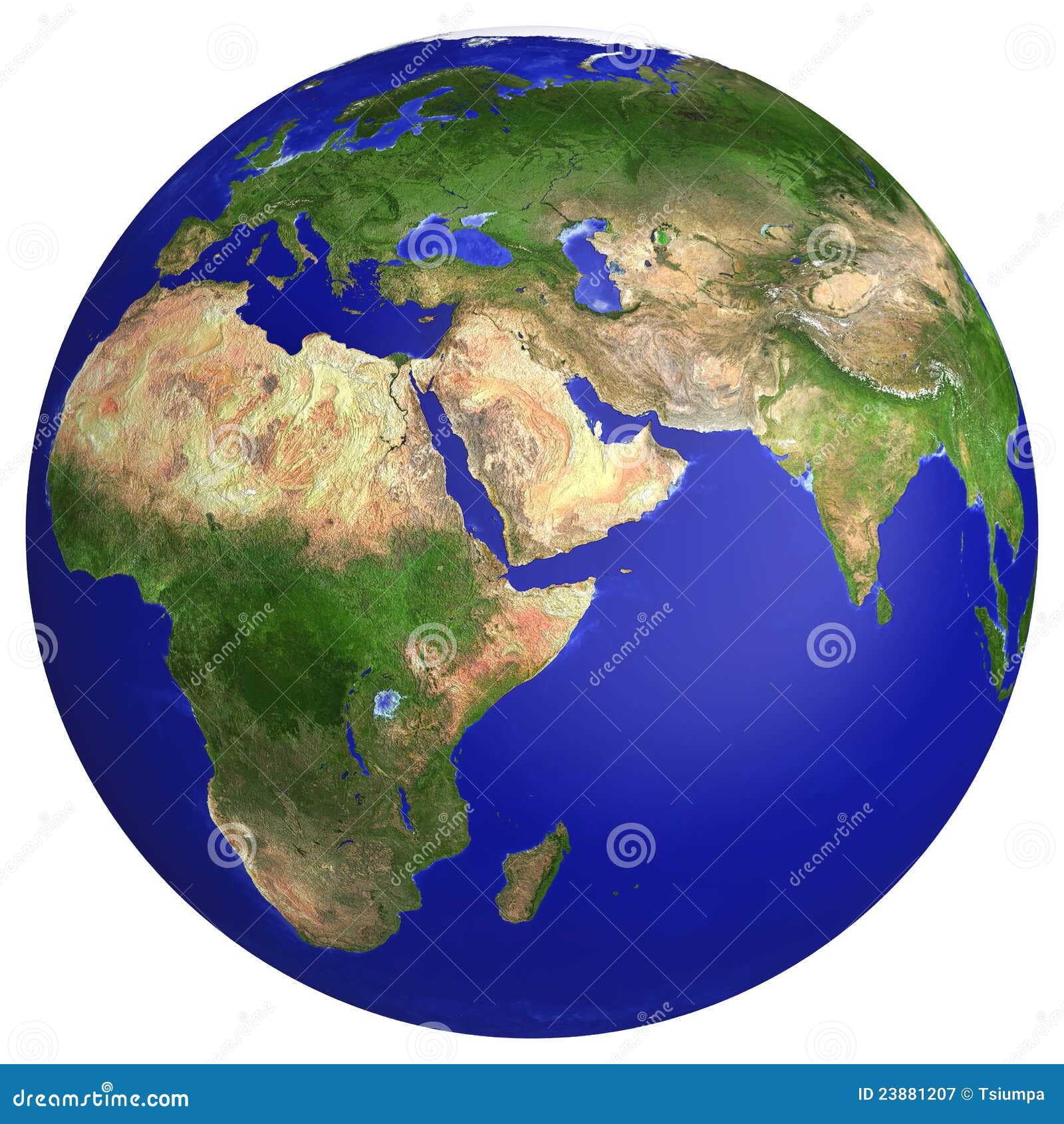World Big Penise - Exploring Perceptions
It’s pretty fascinating, you know, how we sometimes think about what makes us who we are. We see things, we hear stories, and a lot of that shapes how we feel about ourselves and others. There’s this constant flow of information, almost like a stream of thoughts and images, that comes our way every single day.
This stream, it really can come from everywhere. You might see a quick post about a beach sprint team getting ready for a big competition, or maybe a picture of someone celebrating a win, like Gabi hitting her first point in a tournament. Then, too it's almost, you’re scrolling through friends’ updates, seeing what they’re sharing from around the world. It’s all part of this big, interconnected picture of human life.
And in this broad picture, we often find ourselves thinking about our bodies, how they look, and what society tells us about them. It’s a very personal thing, yet it’s also something we talk about a lot, sometimes openly, sometimes just in our own minds. This conversation, it really touches on how we perceive ourselves and what we value.
Table of Contents
- What Shapes Our Views on Size?
- How Do We Talk About Physical Differences?
- The Human Experience of Body Image
- Is There a "Normal" When it Comes to Human Anatomy?
- Understanding Diverse Body Shapes and the Idea of a "World Big Penise"
- Societal Messages and Self-Acceptance
- Moving Beyond Simple Comparisons
- Finding Peace with Our Own Form
What Shapes Our Views on Size?
It’s interesting to consider, isn't it, what really forms our ideas about physical attributes, particularly when we think about the concept of a "world big penise" or any other physical trait? We get so many messages from different places. Think about all the stories we hear, the images we see, and the conversations that happen around us. For instance, you might hear about a historic night in Istanbul, with thousands of hearts beating together for a sports event. That kind of collective energy, in a way, shows how people connect over shared experiences, even if those experiences aren't about body size.
Then there's the media, of course. It plays a big part in shaping what we think is typical or even what we might aspire to. Whether it’s watching a women’s VNL match or seeing headlines about climate change, the information we take in subtly influences our perspectives. This constant flow of news and entertainment, it tends to be, paints a picture of the world, including what bodies look like and what might be considered "ideal."
And sometimes, too it's almost, these ideas come from personal moments. Someone waking up after a big life event, like getting engaged, might feel the world has shifted, become softer, quieter. These very personal feelings, they also contribute to how we perceive our own bodies and the bodies of others. It’s a mix of external influences and internal feelings, all working together.
How Do We Talk About Physical Differences?
Talking about human physical variations, like the idea of a "world big penise," can be a bit tricky, can’t it? It’s not always something we feel comfortable discussing openly, yet it’s a natural part of human diversity. We often see people sharing snippets of their lives online, like Zehra Güneş locking in for a big match, or updates about new music albums. These platforms, they give us a sense of what others are doing, but they don't always create space for deeper, more personal conversations about our bodies.
When we do talk about it, the language we use really matters. It can either bring people closer or make them feel isolated. For example, if someone shares that they’ve dedicated their entire childhood and adult life to becoming something, it speaks to a journey of commitment. Similarly, discussing physical traits requires a similar level of respect for individual journeys and experiences. It's about acknowledging that everyone’s body is unique, in a way.
And honestly, sometimes the words we pick can carry a lot of weight, more than we intend. It’s like when you read about health stories of the year, from climate change impacts to improving health equity for women. These topics are complex, and the way they are presented influences public opinion. The same holds true for conversations about physical size; the words we use shape how we think about what a "world big penise" might even mean in a broader context of human variation.
The Human Experience of Body Image
Our body image, it’s a rather complex thing, isn’t it? It’s not just about what we look like, but how we feel about what we look like. This feeling can be influenced by so many things, from seeing top nature and climate news to just going about our daily lives. Every bit of information we take in, every interaction, potentially adds to this internal picture we have of ourselves.
For some people, this journey with body image starts very early, almost like dedicating their entire childhood to understanding something. It’s a continuous process of learning and adapting. We might see a fan account for a celebrity, like someone who isn’t Scarlett Johansson but admires her work, and that, in a way, shows how we connect with images and ideals presented to us.
And then there’s the feeling of a chapter closing and a new one beginning. This kind of transition, it can also bring about new perspectives on our bodies and how they fit into our lives. It’s a very personal shift, often happening quietly, like the morning after a big question is asked, when the world feels softer and stiller. These moments allow us to reflect on our own form, including any thoughts about what might be considered a "world big penise" in terms of personal perception.
Is There a "Normal" When it Comes to Human Anatomy?
When we talk about human anatomy, particularly sensitive aspects like what some might call a "world big penise," it’s natural to wonder about what’s considered "normal." But really, what even is normal? If you look at all the different people in the world, you see such a wide range of shapes and sizes. It’s kind of like how news headlines from around the world show us so many different events and perspectives. There isn’t just one way things are.
This idea of "normal" can actually be pretty limiting, in some respects. It can make people feel like they don’t quite fit if they fall outside a very narrow definition. For instance, we hear about insured losses from extreme weather reaching high numbers, and that shows us how unpredictable and varied things can be in the natural world. Human bodies, they also show this kind of natural variation.
So, instead of looking for one single "normal," perhaps it’s more helpful to think about the vast spectrum of human experience and form. Just like there are countless stories and perspectives shared on social media, there are countless ways for bodies to be. This broader view, it actually helps us appreciate the richness of human life.
Understanding Diverse Body Shapes and the Idea of a "World Big Penise"
Understanding the many different shapes human bodies come in is a big part of feeling good about ourselves and others. When we think about something like the concept of a "world big penise," it’s really about acknowledging that people are built in all sorts of ways. There isn’t a single mold. It’s similar to how different cultures have unique ways of doing things, like a website offering generators for names or storylines, showing how creative and varied human thought can be.
This diversity, it’s something to appreciate, not something to measure against some imaginary standard. Each person’s body is their own, a unique combination of genetics and life experiences. It’s like how different teams prepare for a big event, like the 2025 World Rowing Beach Sprint. Each team has its own strengths, its own makeup, and they all contribute to the bigger picture of the sport.
And honestly, focusing on what makes us different, in a positive way, can help us move past any anxieties about fitting in. It’s about recognizing that every body is valid and belongs. The idea of "bigness" or "smallness" in any physical feature, it really becomes less about comparison and more about simply existing in a diverse world.
Societal Messages and Self-Acceptance
We get so many messages from society about how we should look, don't we? These messages can really influence how we feel about ourselves, especially when it comes to things like body size, including the perception of a "world big penise." It’s like a constant hum in the background, telling us what’s supposedly good or bad, what’s desirable or not.
Sometimes, these messages come from very public places, like watching a sports event or seeing a news report. Other times, they’re more subtle, perhaps from friends and family, or even just what we pick up from stories around us. For example, when Fox Lake announces a new album, it creates a certain expectation or vibe. Society does something similar with body image, creating expectations.
Learning to accept ourselves, with all our unique features, is a really important step. It means pushing back against those messages that tell us we’re not enough. It's about realizing that our worth isn't tied to a specific measurement or appearance. This journey of self-acceptance, it’s a pretty powerful one, actually.
Moving Beyond Simple Comparisons
It’s very easy to fall into the trap of comparing ourselves to others, isn’t it? Especially when it comes to physical traits, like the idea of a "world big penise" or any other aspect of our bodies. We see what others have, or what we think they have, and we measure ourselves against it. But this kind of comparison rarely leads to feeling good.
Think about how different people capture and share their interests around the world. Everyone has their own unique experiences and perspectives. When we look at someone else's journey, like a person dedicating their life to a certain path, it shows us the depth of individual commitment. Our bodies, they also represent our individual journeys, not just a set of measurements to compare.
Moving beyond these simple comparisons means focusing on our own well-being and what makes us feel comfortable in our own skin. It’s about understanding that there’s no single "best" way to be. This shift in thinking, it really helps us appreciate the wide range of human forms, including the full spectrum of physical characteristics.
Finding Peace with Our Own Form
Ultimately, finding peace with our own bodies is a deeply personal process. It means accepting what is, rather than wishing for something different, especially when it comes to things like size, or what some might call a "world big penise." This acceptance isn't about giving up; it’s about embracing who we are, right now.
It's a bit like waking up in a world that feels softer, quieter, as if it has shifted to make space for what’s next. That stillness, that sense of calm, can extend to how we view our own physical selves. It’s about letting go of outside pressures and tuning into our own inner feelings of comfort and confidence.
This journey towards peace with our form, it often involves recognizing that our bodies are just one part of who we are. We are also our thoughts, our feelings, our actions, and our connections with others. When we understand this, the focus shifts from a single physical attribute to the whole person, which is a much more complete and satisfying way to live.

The meaning and symbolism of the word - «World»

World PNGs for Free Download

Earth Planet Globe Map Stock Image | CartoonDealer.com #23881207